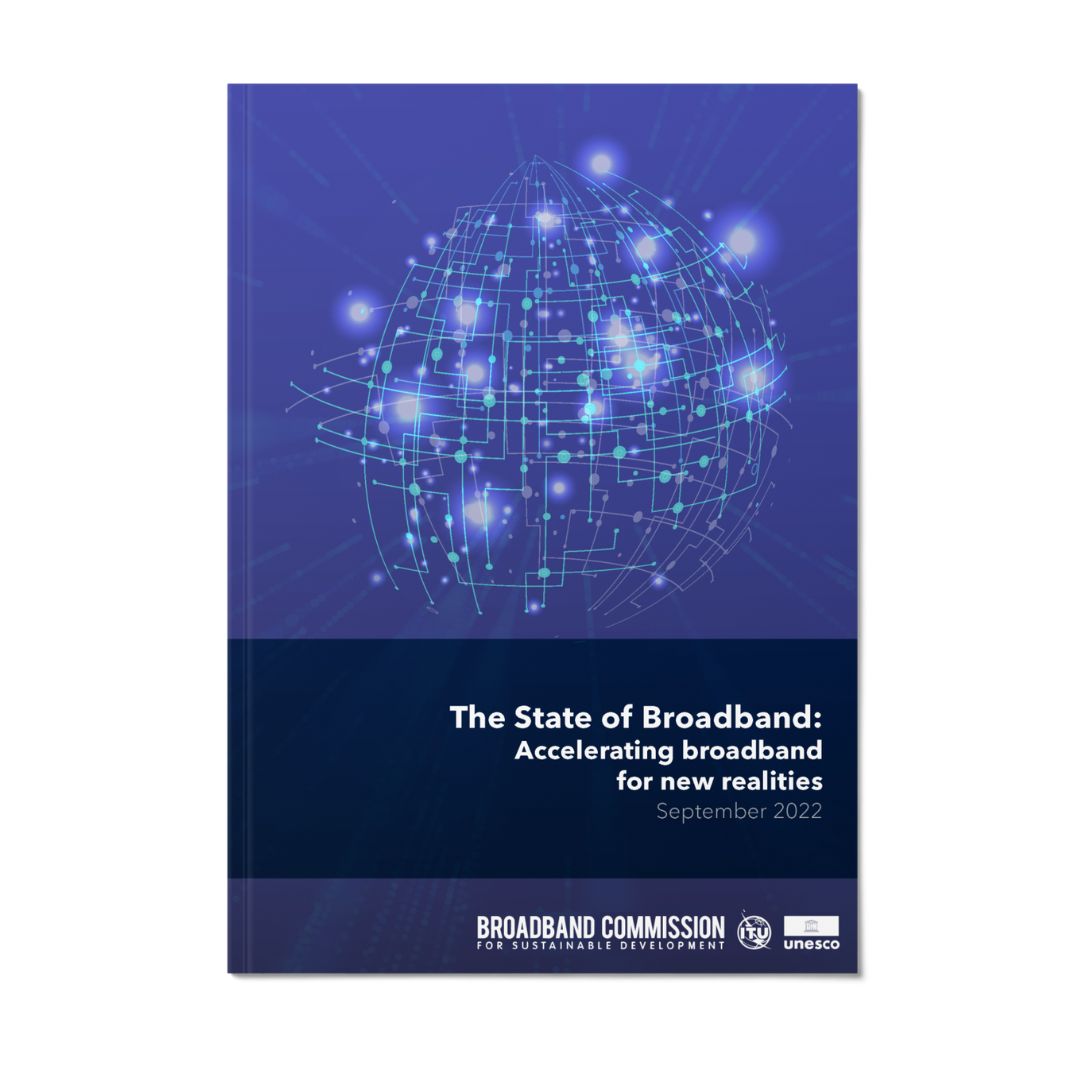If current rates of internet penetration were to continue, it will be decades before the world’s 2.7 billion unconnected are brought online. New ground needs to be broken to bridge this gap at a much faster pace and catalyze the efforts being made by stakeholders in the digital ecosystem.
A glaring reason for the slow pace of progress is the massive infrastructure cost required to put in place terrestrial networks leading to low returns and short, yet intensive capital expenditure cycles for telecom companies and the regulatory uncertainty and stress that they must endure being the sole underwriters of connectivity initiatives.
The Broadband Commission report on 21st Century Financing Models has some prescient recommendations. While recognizing the historical role of telecom operators in investing in network deployment, it concludes that funds need to be raised through other sources as well.
Furthermore, some inherent regulatory issues faced by telecom companies need to be tackled steadfast. Most urgent, is the need for governments to follow a rational spectrum policy which leads to affordable pricing while generating investable surpluses for operators to expand their network to rural areas and convert 2G non-data networks to 4G and 5G.
The Universal Service and Access Funds (USAFs) collected from network operators as a percentage of their revenue and administered by governments have ballooned over the years and have not been deployed effectively. While I would argue that this has hampered the otherwise incremental progress that would have been made by network operators to reach rural areas, it may still present a unique opportunity to help leapfrog unconnected areas directly to latest technologies and provide reliable round-the-clock connectivity. Having realized the importance of digital connectivity during the pandemic, the time to deploy these funds is now.
Significant gains can be realized if some of the more ground-breaking suggestions of the report are taken up such as broadening the base of financing contributors to all players across the digital economy and involving multilateral development banks in connectivity initiatives. Almost every industry today is utilizing the digital market to either reach new customers or serve existing ones more efficiently. In today’s digitized world, it behooves all industries to find ways of contributing towards connectivity and adoption; and, for governments to access the mammoth reservoir of the digital ecosystem for funding connectivity.
If we are to make a serious effort to connect the last village and the last community across the world by 2030, bold steps need to be taken.


